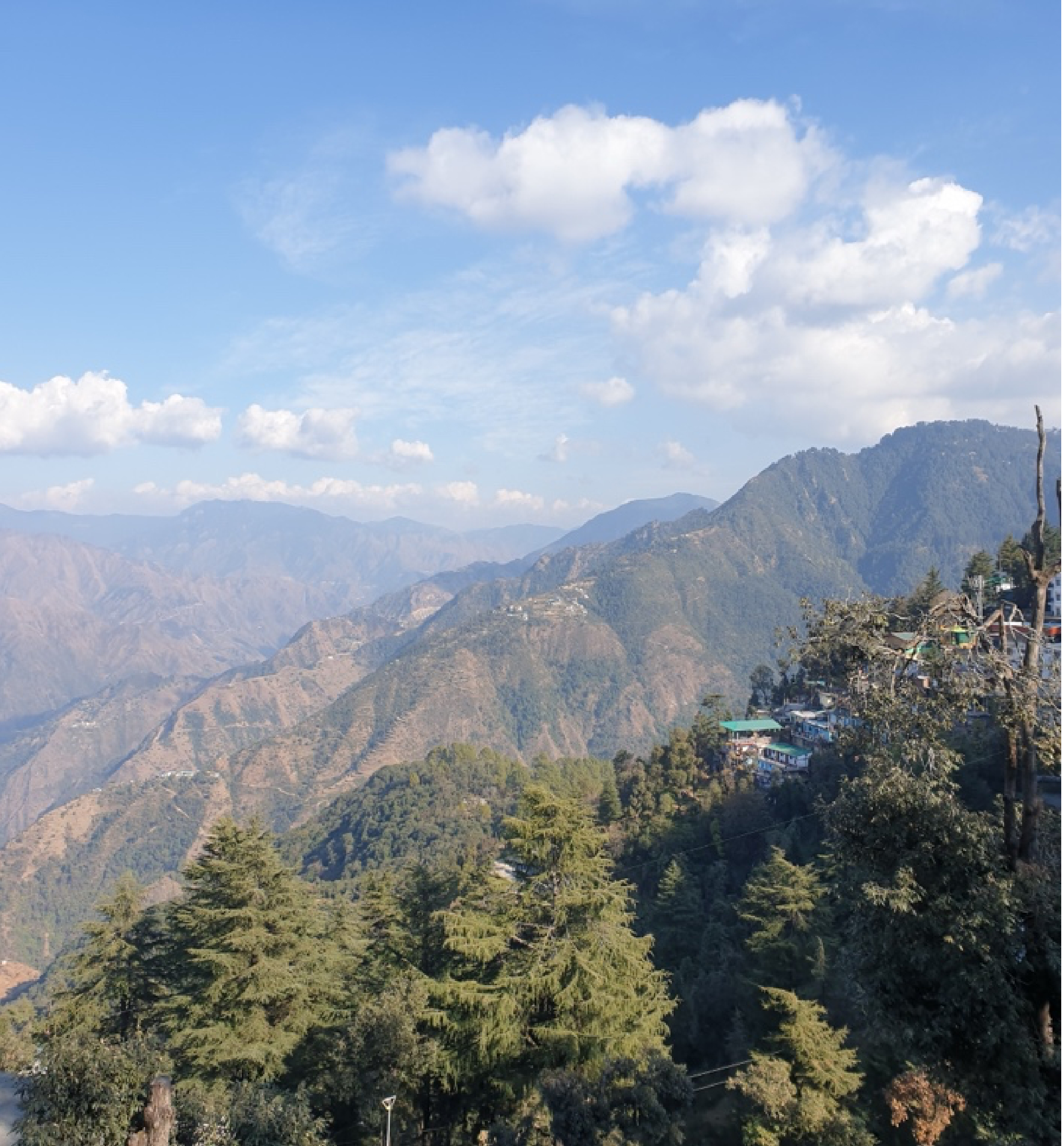In the year 2000, Ms Gargi Banerji was awarded the Whitley Gold Award for her efforts, as the Director of Pragya, toward the conservation and cultivation of medicinal plants in the Indian Himalayan region. The award brought us international recognition, allowing us to expand the scope of the project, which received continued funding in 2003 and 2005. We collaborated with the Whitley Fund for Nature (WFN) in a landmark five-year ‘Water Access and Wasteland Development project’ that was completed in 2011.
Ms Banerji visited the Whitley Fund for Nature in London this June, 16 years after being conferred the Whitley Gold, to deliver a talk on the work that Pragya is doing; the interleaving years have seen Pragya increase the ambit of its work to integrate livelihood & social development, rights & welfare, and critical technical interventions in the management of natural resources into its projects. Our growth has been mirrored in the long list of individuals and conservation projects associated with the WFN today - a testament to its influence.
Pragya has long been involved in the Himalayan region of the subcontinent, and when the region was struck by a series of disasters - the Uttarakhand floods of 2013, the J&K floods of 2014, the Nepal Earthquake of 2015 - we immediately moved to mobilize resources to provide rescue and relief. Our experience of work to provide relief in the aftermath of each of these events deeply impressed upon us the need for a comprehensive, grassroots plan to mitigate the effect of disasters, an aspect that was highlighted in the framework adopted at the World Conference for Disaster Risk Reduction (WCDRR) held in Sendai, Japan in 2015.
In the remote rural regions of the world, the rampant destruction of the environment is only heightening the effects of disaster. In a world where the frequent disasters due to climate change is a reality we all face, and not the myth it was taken to be a few decades back, preparing for the next big ‘event’ is not enough. At Pragya, our goal has remained the same: to work for the conservation of sensitive ecosystems and the development of the marginalized communities, who are most affected in the event of a disaster. Our preparations to meet the challenges of natural disaster have to integrate conservation efforts to mitigate, and reduce the risk from disaster.
Addressing the WFN, Ms Banerji spoke about Pragya’s work at the grassroots in this regard, working with members from the local community to reduce the vulnerability to disasters by piloting an ‘Ecosystem-based Disaster Risk Reduction Approach’ that uses conservation efforts to increase the health of local ecosystems in a bid to naturally reduce the effect of disasters.





No comments:
Post a Comment